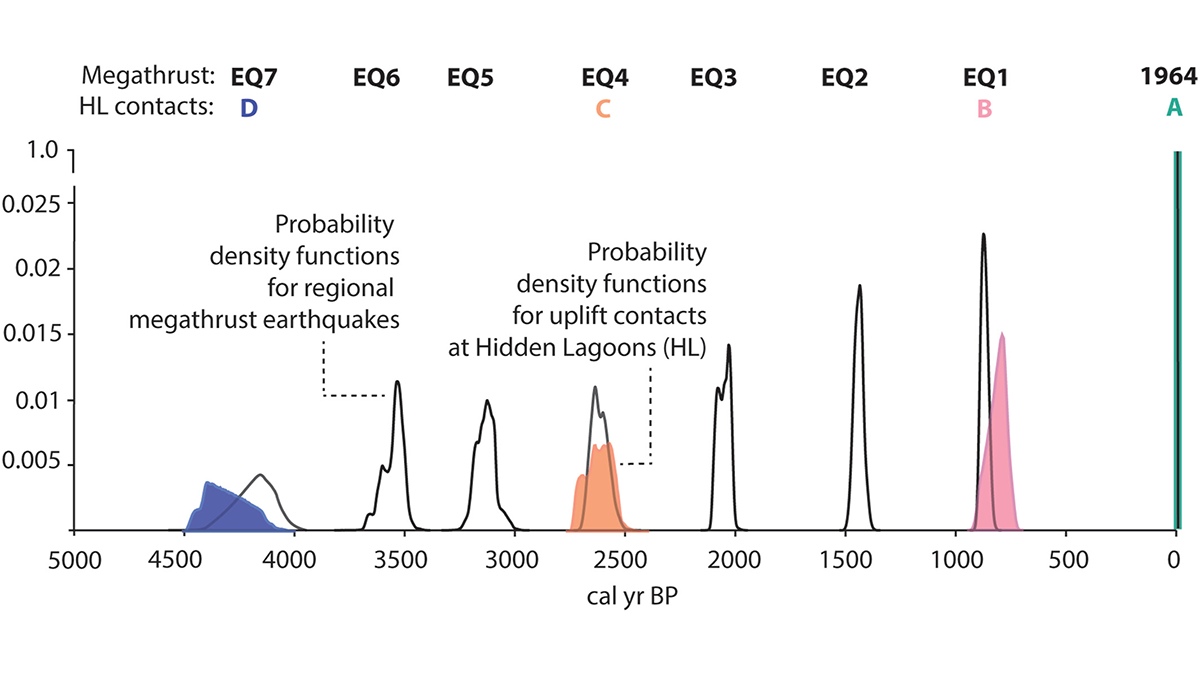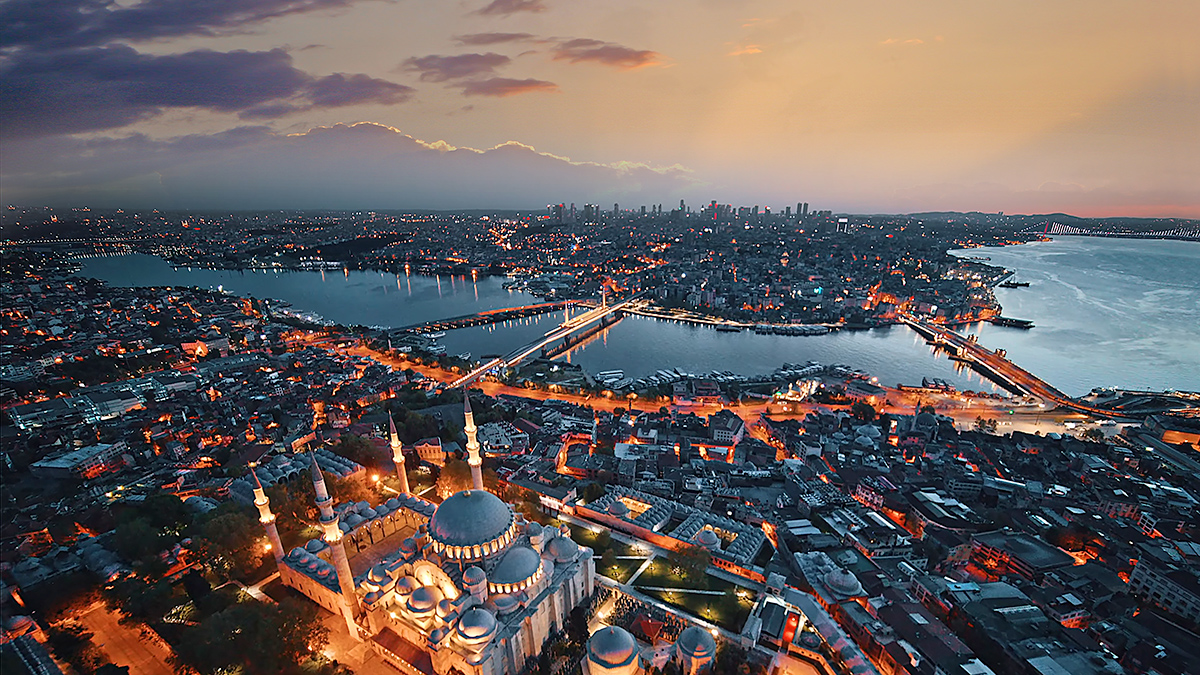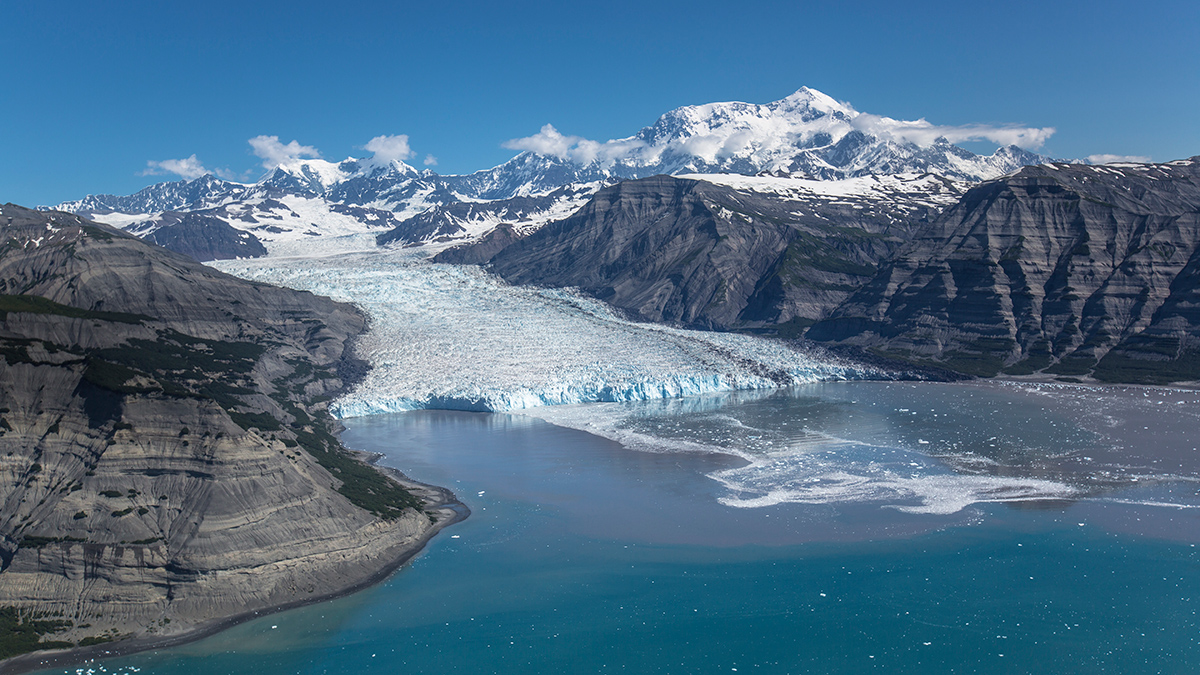Scientists document active seismic shear along a major lineament of Sikkim Himalaya diagonal to the Main Himalayan Thrusts.
seismology
Detecting landslides using seismic data in Switzerland
The Landslide Blog is written by Dave Petley, who is widely recognized as a world leader in the study and management of landslides. There has been a very interesting development in the detection of landslides using seismic data. The Swiss Seismological Service (SED), which has a very high quality network that monitors seismic events across […]
Repeated Coseismic Uplift Above the Patton Bay Splay Fault, Alaska
Stratigraphic and diatom analyses suggest ruptures of the Patton Bay splay fault occurred together with half of the documented great Alaskan megathrust earthquakes during the past 4,200 years.
Telecom Fibers Are Sensing Earthquake Hazards in Istanbul
A fiber-optic cable below Türkiye’s earthquake-prone metropolis is offering new details about how seismic waves will rattle the city—and demonstrating the potential of a bigger monitoring effort.
A Million Years Without a Megaslide
A new study goes deep into the Gulf of Alaska to examine the sixth-largest underwater landslide and investigate why a similar event hasn’t happened since.
Swift Quakes Caused by Stomping Feet, Not Booming Beat
Concert tunes don’t make the same seismic noise as the exuberant crowd does.
Earthquakes Can Trigger Megathrust Slip in Cascadia
A 2022 earthquake in Northern California may have triggered slow slip in the Cascadia Subduction Zone, according to a new study.
Fiber-Optic Networks Could Reveal the Moon’s Inner Structure
Distributed acoustic sensing offers a cost-effective alternative to traditional seismic arrays, and building such a network on the Moon might be possible.
Forecasting Earthquake Ruptures from Slow Slip Evolution
A new generation of physics-based models that integrate temporal slip evolution over decades to seconds opens new possibilities for understanding how large subduction zone earthquakes occur.
No Canadian Volcanoes Meet Monitoring Standards
A new analysis reveals serious monitoring gaps at even the highest-threat volcanoes.










